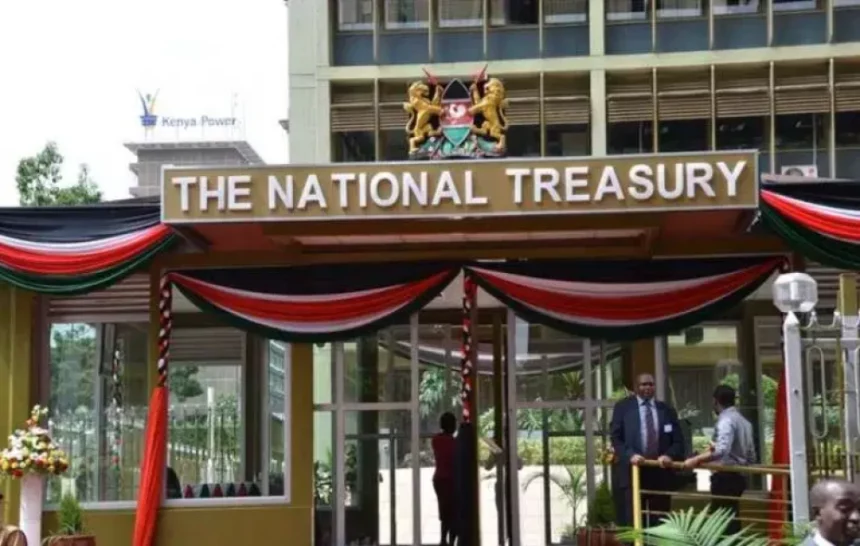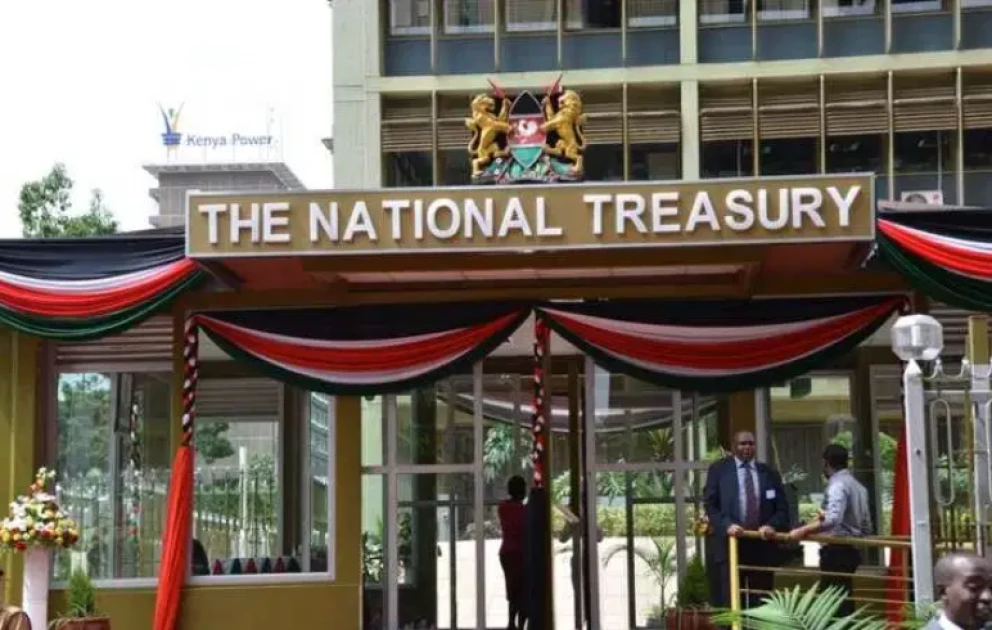The government has zeroed in on mergers, a system for real-time monitoring, review of terms and conditions for boards and new classification of entities in streamlining operations of struggling State-owned enterprises (parastatals) in line with the agreements arrived at with the multilateral lenders.
The World Bank has revealed that the merger of SOEs will be focused on those which are in the agriculture, industry and finance sectors. According to the latest data from the Treasury, Kenya has 18 parastatals in the financial sector and 28 in the manufacturing and industry.
The entities focused on agriculture are spread across the regulatory and tertiary institutions.
“The government is pursuing institutional reforms to mitigate these risks, including mergers of SOEs in different sectors (agriculture, industry, and finance); developing a Management Information System for the National Treasury and Economic Planning to help strengthen its capacity to monitor and analyse SOEs’ financial and operational performance; a review of the terms and conditions of SOE Boards; and a more granular classification of SOEs for more effective and differentiated oversight,” the World Bank indicates.
This revelation comes a little over a month after the World Bank extended $1 billion of concessional financing to Kenya through its Development Policy Operation framework.
The financing entails $185 million drawn from the Bank’s soft loan arm, the International Development Association, a $315 million performance-based allocation shorter maturity loan and an International Bank for Reconstruction and Development loan of US$500 million.
The World Bank further reveals that the government targets publishing divestiture for at least three high-fiscal-risk SOEs by 2024.
Kenya has about 354 State corporations and other public entities, many of which face financial challenges and have been established to pose contingent liability risks for the government.
On June 21, 2023, the Auditor General raised grave concerns regarding debt guaranteed by the taxpayer on behalf of SOEs that now stands at Sh145.4 billion.
“There is non-disclosure of all obligations guaranteed by the national government. Notably, loans guaranteed by the national government on Kenya Airways (Sh88.3 billion), KenGen (Sh24.5 billion), Kenya Power (Sh9.9 billion) and Kenya Ports Authority (Sh33.5 billion) were not reported in the financial year 2022.
There are non-performing loans where recipients have defaulted on payment obligations. As of June 30th, 2022, the portfolio of non-performing loans was Sh218.8 billion,” the Office of the Auditor General states.
The World Bank indicates that the government targets slashing operating subsidies extended to Kenya Power, except in the case of last-mile connectivity from Sh7.05 billion in the financial year 2021/22 to Sh500 million for the financial year 2023/24 as it looks to trim the fiscal risk exposure from the power distributor.
On June 15, 2023, the government unveiled a four-point turnaround strategy for Kenya Power, which entails, among others, the transfer of all transmission assets to the Kenya Transmission Company (Ketraco) and the reduction of system losses from 22.4 percent to 14.4 percent by June 2025.




